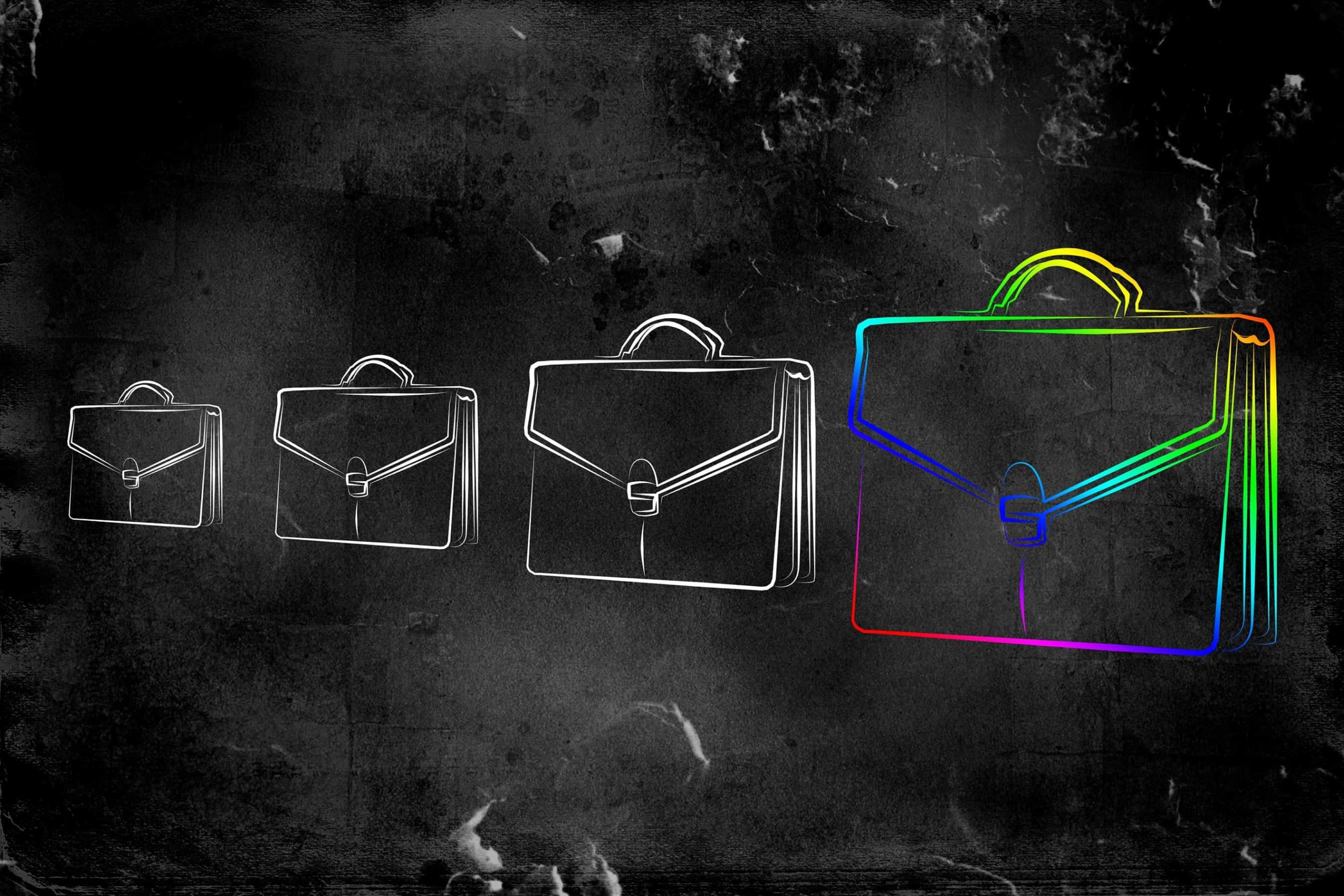In this digital age, it is easy to forget that once upon a time we had to actually have a physical print of our most valued art and present it nicely in a large expensive leather portfolio for any job interview; keeping only your best pieces within fingers reach.
Now, everyone can just click through your designs on a website that displays ALL your work. But does it really make you stand out? Does it showcase your real talent? What do you do to set yourself apart? Here are some tips to enhance your graphic design portfolio:
- Keep the online/print portfolio clean, simple and beautiful so that it isn’t overwhelming. It is easy to put everything you have created on display, but keep in mind people have a short attention span! Only put your strongest pieces in their face. What you put in your portfolio for people to view, you get in return. In other words, if you don’t want a certain type of client, don’t show that type of work in your portfolio.
- Think through which designs are your strongest, showing your best skills. Designers are the worst when it comes to making these choices – we are our own worst critics!
- Put your best work first. These are the projects you know were successful, got rave reviews and had good results.
- Showcase your most current unique “out of the box” – if you will – creative ideas.
- Present more than one style of creativity. It can be print, digital, web or illustration. Although it’s different medias, make sure it all still looks like it’s one person’s work.
- How many pieces? Put simply, its not about quantity, it’s about quality. Your portfolio should have ten or more quality portfolio pieces, but don’t go hog-wild with too many because then you will lose your audience quickly.
- Most designers are using online portfolios these days but you should think about creating a physical portfolio for those in-person interviews, especially if you’re a print designer. And be creative! Redefine what a print portfolio can be. It can be anything. Your printed portfolio should take on a form that will help enhance your ideas and identity as an artist.
- Finally, stay current! Don’t include anything older than 3 years. Trends, technology, and techniques change quickly. You don’t want to look dated, so set a schedule to review your portfolio every six months. Add any new projects and delete anything that’s looking dated or tired.
Providing the audience a chance to experience the portfolio with their hands as well as their eyes makes the work much more appealing and memorable. When we discover something for the first time, we use all five of our senses in unison to create a sense memory. The more senses affected, the stronger the memory becomes. Since printed portfolios are physical objects, they offer an advantage over digital portfolios by stimulating the sense of touch. This is the best way to stand apart from the gaggles of graphic designers – letting your true talent shine!


